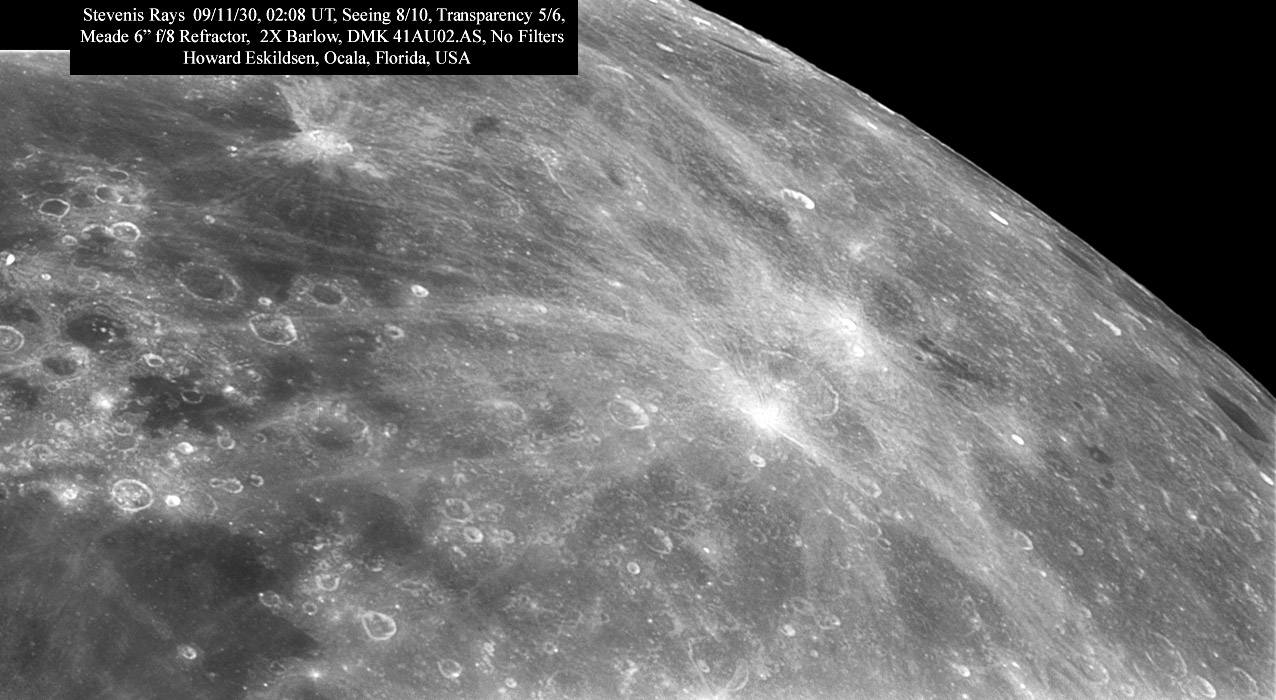Difference between revisions of "December 4, 2009"
| (5 intermediate revisions by the same user not shown) | |||
| Line 1: | Line 1: | ||
__NOTOC__ | __NOTOC__ | ||
=Rayology= | =Rayology= | ||
| + | <!-- Start of content --> | ||
<!-- ws:start:WikiTextHeadingRule:1:<h1> --> | <!-- ws:start:WikiTextHeadingRule:1:<h1> --> | ||
<!-- ws:start:WikiTextLocalImageRule:16:<img src="/file/view/LPOD-Dec4-09.jpg/107173291/LPOD-Dec4-09.jpg" alt="" title="" style="width: 1000px;" /> -->[[File:LPOD-Dec4-09.jpg|LPOD-Dec4-09.jpg]]<!-- ws:end:WikiTextLocalImageRule:16 --><br /> | <!-- ws:start:WikiTextLocalImageRule:16:<img src="/file/view/LPOD-Dec4-09.jpg/107173291/LPOD-Dec4-09.jpg" alt="" title="" style="width: 1000px;" /> -->[[File:LPOD-Dec4-09.jpg|LPOD-Dec4-09.jpg]]<!-- ws:end:WikiTextLocalImageRule:16 --><br /> | ||
<em>north to left [http://lpod.org/coppermine/displayimage.php?pos=-4350 image] by [mailto:HowardEskildsen@msn.com Howard Eskildsen]</em><br /> | <em>north to left [http://lpod.org/coppermine/displayimage.php?pos=-4350 image] by [mailto:HowardEskildsen@msn.com Howard Eskildsen]</em><br /> | ||
<br /> | <br /> | ||
| − | We don't understand rays well enough. Back in 1960 Shoemaker showed that they were ejecta from impact craters, and sometime in the 90s B. Ray Hawke and his colleagues recognized that rays could have two components, freshly pulverized rocks and bright highland rocks. So we know something about their emplacement and composition. But their shapes and lengths and even their non-radiality are not well understood. The rays emanating from the two little [ | + | We don't understand rays well enough. Back in 1960 Shoemaker showed that they were ejecta from impact craters, and sometime in the 90s B. Ray Hawke and his colleagues recognized that rays could have two components, freshly pulverized rocks and bright highland rocks. So we know something about their emplacement and composition. But their shapes and lengths and even their non-radiality are not well understood. The rays emanating from the two little [[October_8,_2006|craters]] on either side of Stevinus are good examples. First, these rays seem to be very long for the small diameters (8 and 12 km) of their source craters. Second, note the broad rays to their north (left) that are not all radial to them - how exactly, do non-radial rays form? And, as we've commented before. the shapes of rays have never been studied and classified. Who will be a champion ray researcher?<br /> |
<br /> | <br /> | ||
<em>[mailto:tychocrater@yahoo.com Chuck Wood]</em><br /> | <em>[mailto:tychocrater@yahoo.com Chuck Wood]</em><br /> | ||
| Line 13: | Line 14: | ||
<br /> | <br /> | ||
<strong>Related Links</strong><br /> | <strong>Related Links</strong><br /> | ||
| − | Rükl plates [ | + | Rükl plates [https://the-moon.us/wiki/R%C3%BCkl_59 59] & [https://the-moon.us/wiki/R%C3%BCkl_69 69]<br /> |
<br /> | <br /> | ||
<hr /> | <hr /> | ||
| − | < | + | <table class="wiki_table"> |
| − | < | + | <tr> |
| − | ---- | + | <td> <!-- RemoveRevolverMaps --> |
| − | + | <!-- RemoveRevolverMaps --> | |
| − | + | </td> | |
| + | <p><b>Yesterday's LPOD:</b> [[December 3, 2009|Volcanic Hinterland]] </p> | ||
| + | <p><b>Tomorrow's LPOD:</b> [[December 5, 2009|Terminator Tales]] </p> | ||
| + | <!-- End of content --> | ||
| + | {{wiki/ArticleFooter}} | ||
Latest revision as of 17:45, 13 October 2018
Rayology

north to left image by Howard Eskildsen
We don't understand rays well enough. Back in 1960 Shoemaker showed that they were ejecta from impact craters, and sometime in the 90s B. Ray Hawke and his colleagues recognized that rays could have two components, freshly pulverized rocks and bright highland rocks. So we know something about their emplacement and composition. But their shapes and lengths and even their non-radiality are not well understood. The rays emanating from the two little craters on either side of Stevinus are good examples. First, these rays seem to be very long for the small diameters (8 and 12 km) of their source craters. Second, note the broad rays to their north (left) that are not all radial to them - how exactly, do non-radial rays form? And, as we've commented before. the shapes of rays have never been studied and classified. Who will be a champion ray researcher?
Chuck Wood
Technical Details
11/30/2009; 02:08 UT. Meade 6", f/8 Refractor + DMK 41AU02.AS, 2-image composite
Related Links
Rükl plates 59 & 69
Yesterday's LPOD: Volcanic Hinterland
Tomorrow's LPOD: Terminator Tales
COMMENTS?
Register, Log in, and join in the comments.



